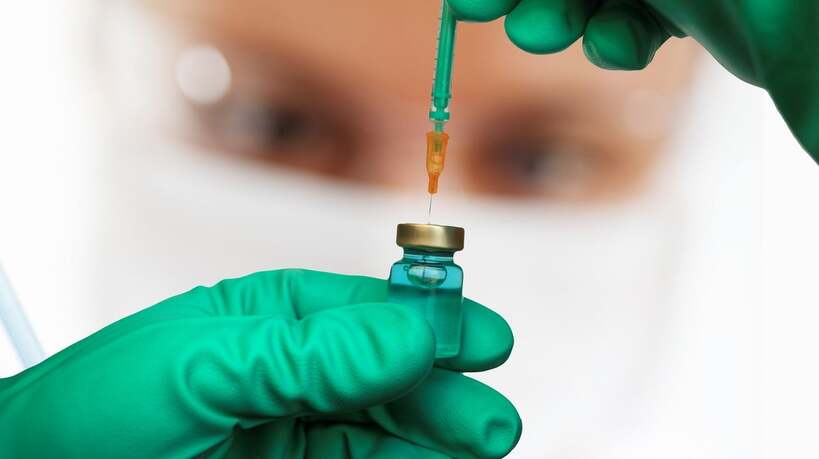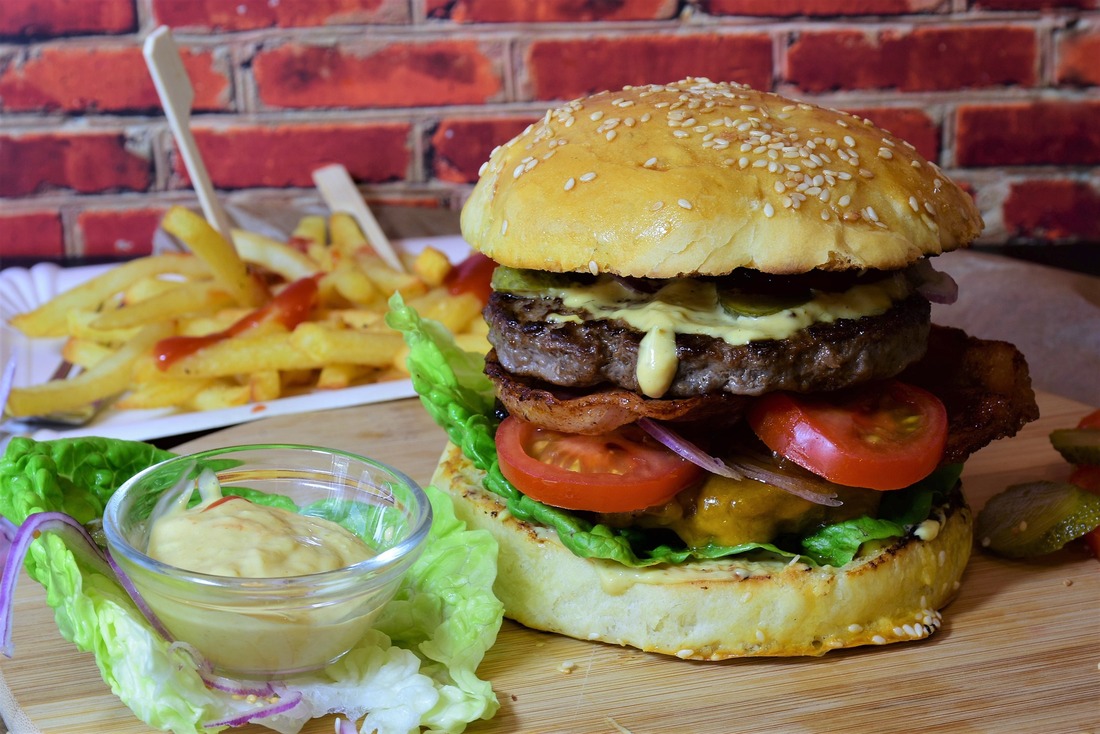New Vaccine Based on DNA Scaffolding Improves Immunity
Vaccines are a method of training the immune system to recognize a disease by introducing it to an agent similar to the method of infection, but without the ability to harm the body. Many Americans are already familiar with this concept, especially given the recent vaccine protecting against Covid-19, a disease caused by the SARS-CoV-2 virus. One particularly effective form of vaccine is a particulate vaccine, which utilizes a protein scaffold called protein-based virus-like particles (P-VLP) mimicking the virus to deliver antigens or copies of the virus to B-cells: white blood cells that produce antibodies that fight against infection.
Most common options on the market are mRNA vaccines, which activate T-cells. T-cells provide a lower level of immunity than B-cell activation, making P-VLP vaccines a promising new treatment. However, particulate vaccines have several flaws which make them harder to implement than mRNA vaccines. B-cells not only develop antibodies against the virus antigens, but the P-VLP as well. This splits the focus of the immune system and prevents scientists from reusing the same protein scaffold in future vaccinations.
A recent study done with SARS-CoV-2 tested if P-VLPs could be replaced with a DNA structure, preventing the unintended immune response.The researchers developed a new scaffold to deliver antigens of SARS-Cov-2 to mice. Instead of the protein scaffolds used in P-VLP delivery, the DNA virus like particle (DNA-VLP) was constructed of calf thymus DNA— DNA taken from cows. Five mice were immunized to SARS-Cov-2 with a P-VLP while five other mice were injected with the DNA-VLP. Both vaccines used the same antigens to the binding-receptor of SARS-Cov-2, which allows the virus to bind to target cells. The researchers then ran an IgG titer on the mice, meaning that they tested their blood for antibodies against all of the foreign agents introduced by the vaccine.
Most common options on the market are mRNA vaccines, which activate T-cells. T-cells provide a lower level of immunity than B-cell activation, making P-VLP vaccines a promising new treatment. However, particulate vaccines have several flaws which make them harder to implement than mRNA vaccines. B-cells not only develop antibodies against the virus antigens, but the P-VLP as well. This splits the focus of the immune system and prevents scientists from reusing the same protein scaffold in future vaccinations.
A recent study done with SARS-CoV-2 tested if P-VLPs could be replaced with a DNA structure, preventing the unintended immune response.The researchers developed a new scaffold to deliver antigens of SARS-Cov-2 to mice. Instead of the protein scaffolds used in P-VLP delivery, the DNA virus like particle (DNA-VLP) was constructed of calf thymus DNA— DNA taken from cows. Five mice were immunized to SARS-Cov-2 with a P-VLP while five other mice were injected with the DNA-VLP. Both vaccines used the same antigens to the binding-receptor of SARS-Cov-2, which allows the virus to bind to target cells. The researchers then ran an IgG titer on the mice, meaning that they tested their blood for antibodies against all of the foreign agents introduced by the vaccine.
Image Source: geralt
The mice vaccinated with the P-VLP displayed antibodies to both the virus antigens and the P-VLP, while the mice injected with the DNA-VLP vaccine only had antibodies to the virus antigen. These results indicate that the DNA-VLP did not cause the same B-cell response that the P-VLP did, allowing the immune system to focus on creating antibodies for the virus. This is an excellent indication that DNA-VLPs may be a more effective way to deliver particulate vaccines.
If this research were to be applied to commonly available vaccines, it would reduce the labor involved in making the vaccine in addition to providing a higher immunity to patients. This would improve the health and wellbeing of the general public, as it would mean more effective flu, covid-19, and other vaccines. However, the sample size of this study was only ten mice, meaning that further testing with a larger sample is needed to confirm the results as accurate, and is far from being implemented on human subjects. It may take several years for a DNA-VLP vaccine to be on the market, as these findings are very recent and require further testing.
If this research were to be applied to commonly available vaccines, it would reduce the labor involved in making the vaccine in addition to providing a higher immunity to patients. This would improve the health and wellbeing of the general public, as it would mean more effective flu, covid-19, and other vaccines. However, the sample size of this study was only ten mice, meaning that further testing with a larger sample is needed to confirm the results as accurate, and is far from being implemented on human subjects. It may take several years for a DNA-VLP vaccine to be on the market, as these findings are very recent and require further testing.
Featured Image Source: fernandozhiminaicela
RELATED ARTICLES
|
Vertical Divider
|
Vertical Divider
|
Vertical Divider
|






